Introduction
Decorating our living spaces with indoor plants has become a beloved trend, providing a touch of nature in the cozy confines of home. Yet, amidst this enthusiasm, cat owners often face a unique challenge: ensuring that their chosen plants pose no threat to their feline friends. Enter the calathea—a striking plant renowned for its vibrant foliage and, most importantly, its non-toxic nature to pets. This makes calathea an excellent option for cat owners yearning to cultivate a green thumb without compromising the safety of their beloved cats.
The calathea plant has captured the hearts of many for its undeniable appeal and the splash of life it brings to any room. With its captivating, patterned leaves, calathea stands out as a decorative gem. Most importantly for pet lovers, calathea is celebrated not just for its beauty but also for its compatibility with households that include cats. It is a safe, stunning addition to any cat-friendly home, offering peace of mind to pet owners.
Understanding Calathea Plants

Overview of Calathea
Calathea, belonging to the Marantaceae family, comprises several species known for their elaborate and colorful foliage. These tropical, perennial plants are native to the Americas and thrive in warm, humid environments. The calathea plant is adored for its broad, artistically patterned leaves, which can showcase myriad colors and intricate designs. Such designs include stripes, spots, and unusual patterns that appear almost too perfect to be crafted by nature alone.
The physical characteristics of a calathea are a testament to its natural beauty. The leaves of the calathea are generally large, oval-shaped, and have a tender, translucent quality with intricate veining. The undersides of the leaves often have contrasting colors, adding to their visual appeal. These plants can range in height, typically growing anywhere from six inches to three feet, making them versatile for various spaces in a home.
Common Varieties of Calathea
There are several popular varieties of calathea, each boasting unique patterns and colors:
Calathea Orbifolia
Known for its large, round leaves with silver and green stripes, the Calathea Orbifolia adds a sense of tranquility and space to any room. Its subtle hues can complement any interior design theme.
Calathea Medallion
The Calathea Medallion features bold, dark green leaves with elliptical patterns in lighter green shades, coupled with deep purple undersides. This variety offers a striking visual contrast, perfect for drawing attention in a collection of plants.
Calathea Rattlesnake
Instantly recognizable by its long, narrow leaves with dark green patterns that recall rattlesnake skin, the Calathea Rattlesnake adds an exotic flair to any setting.
Calathea Lancifolia
With its elongated, wavy-edged leaves, the Calathea Lancifolia boasts a playful look. Its leaves have a distinctive pattern of dark blotches along the length, with rich burgundy undersides.

Popularity in Home Decor
Calatheas have become increasingly popular in home decor, largely due to their aesthetic appeal and versatility. These plants can enhance any room by adding vibrant colors and an exotic touch that other indoor plants may lack. Their dynamic leaf patterns can complement various interior styles, from modern to bohemian, providing a unique focal point for any room.
Additionally, calatheas are celebrated not just for their beauty but also for their ability to purify the air. Like many indoor plants, they help remove toxins from the environment, improving indoor air quality and contributing to healthier living spaces. This dual benefit of visual appeal and air purification makes calathea an ideal plant for anyone looking to enhance the ambiance of their home.
Why Calathea is a Safe Choice for Cats
The Non-Toxic Nature of Calathea
For cat owners, the safety of their pets is paramount when choosing houseplants. Fortunately, calathea plants are non-toxic to cats, making them a pet-friendly choice. Unlike many other plants that can be harmful or even deadly to cats if ingested, calathea poses no known risks, providing peace of mind to pet owners who wish to decorate their homes with beautiful plants.
Common Concerns for Pet Owners
Pet owners often grapple with the dilemma of wanting to create a beautiful indoor plant collection while ensuring the safety of their cats. Many common houseplants contain toxins that can be harmful if ingested by curious pets. Symptoms of plant poisoning in cats can range from mild irritation to life-threatening organ failure, prompting the need for pet-friendly plant options.
Calathea stands out as an exceptional choice for those looking to balance aesthetics with safety. This plant allows cat owners to indulge in the beauty of nature within their home environment without the anxiety of potential hazards to their pets.
Caring for Your Calathea Plant

Light Requirements
Calathea plants thrive best in medium to low indirect light. Direct sunlight can damage their delicate leaves, leading to unsightly browning and fading of their vibrant colors. It's important to position calathea in a spot where it receives filtered light, such as near a north-facing window or a few feet away from a window with sheer curtains.
Watering and Humidity
Maintaining the right moisture levels is crucial for calathea care. These plants prefer consistently moist soil but are susceptible to root rot if overwatered. Water the plant when the top inch of the soil feels dry, ensuring excess water can drain away. Using lukewarm, distilled water or rainwater is ideal, as calatheas are sensitive to salts and chemicals commonly found in tap water.
Calatheas also thrive in humid environments and might require additional humidity if grown indoors. Consider using a room humidifier or placing the plant on a tray filled with pebbles and water to increase ambient humidity, particularly during dry winter months.
Temperature and Soil
The ideal temperature range for calathea is between 65-80°F (18-27°C). They prefer stable temperature conditions and are sensitive to sudden drafts and temperature changes, which can cause stress.
Choose a light, well-draining potting mix for your calathea to encourage robust growth. A mix containing peat, perlite, and orchid bark works well, providing the right balance of moisture retention and aeration.
Incorporating Calathea in Home Spaces
Use in Interior Design
Integrating calathea into your home decor enhances the aesthetic value of your living space. Their bold patterns and vibrant colors can seamlessly be incorporated into various interior themes. Whether used as a centerpiece on a coffee table, an accent on a bookshelf, or a calming presence in a bedroom, calathea effortlessly adds life to any room.

Pairing Calathea with Other Plants
Calathea pairs beautifully with other plants, creating a rich tapestry of foliage that captures attention and refreshes the soul. Consider combining calathea with other non-toxic plants such as the Aglaonema Silver Bay to create a varied, layered plant display that maximizes visual appeal while ensuring pet safety.
Conclusion
With its dazzling appearance and pet-friendly nature, calathea is a perfect choice for cat lovers who desire a lush, vibrant home. Its sublime patterns delight the eyes while safeguarding beloved cats from harm. By choosing calathea, you ensure that your love for plants does not interfere with your love for your pets. For those looking to expand their plant collection further with other captivating options, consider visiting Plantology's extensive collection of safe and exquisite plants, like the Adonidia Palm.
Explore our full range of houseplants and discover more cat-friendly plant options at Plantology to create a harmonious, beautiful, and safe home environment for you and your furry friends.
Creative Arrangements and Styling Tips
Using calathea plants in decorative arrangements can bring a sense of creativity and elegance to your home. Here are some styling tips to make the most of your calathea plants:
- Terrarium Style: Consider placing smaller calathea varieties in a glass terrarium. This not only creates a unique centerpiece but also maintains humidity, benefitting the plant's health.
- Layering Heights: Position calatheas among plants of varying heights and structures. Combine them with taller, leafy plants to create an indoor forest effect while allowing the unique patterns of the calathea to shine through.
- Contrasting Pot Colors: Choose ceramic pots in colors that contrast with the foliage to highlight the leaves’ vibrant patterns, creating an eye-catching display.
- Wall Mounting: Utilize wall-mounted planters to save space and bring greenery to eye level. This can accentuate the detailed leaves of plants like Calathea Medallion.
Utilizing Calathea for Mindfulness and Well-being
The presence of indoor plants, like calathea, contributes not only to aesthetic value but also has profound effects on human well-being. Here’s how calathea can be integrated into holistic self-care practices:
- Mindful Watering Routine: Develop a routine where watering becomes a moment of mindfulness, focusing on the sensation and sounds as you hydrate your plant family, enhancing your own calm and clarity.
- Stress Reduction: Position calathea plants in areas where you engage in relaxation activities, such as meditation or reading spaces. Their patterns and lush greenery create a visual respite from digital screens and daily stressors.
- Air Quality Improvement: With their ability to purify air by filtering toxins, calathea plants promote better mental and physical health, supporting improved cognitive functions and respiratory well-being.
- Indirect Interaction: Even indirect interaction with plants, such as observing their growth and changes over time, cultivates patience and mindfulness, encouraging a slower pace of life.
Sharing Your Love for Calathea with the Community
Sharing your enthusiasm for calathea plants can transcend personal enjoyment and become a communal experience. Here are ways to engage and grow a community around your passion for these stunning plants:
- Online Plant Communities: Join forums and social media groups dedicated to houseplant enthusiasts to exchange tips, share photos, and gain inspiration from diverse plant setups worldwide.
- Local Plant Swaps: Participate in or organize local plant swaps and meet-ups where you can share calathea cuttings, advice, and stories with fellow plant lovers, fostering a sense of camaraderie.
- DIY Workshops: Host or attend workshops focused on plant care and styling, where participants can craft plant-related products or containers, encouraging creative expression through botanical endeavors.
The Science Behind Calathea's Resilience

Natural Adaptations
Calathea plants have evolved remarkable adaptations that allow them to thrive in their native environments and adapt well to home environments:
- Nastic Movements: Calathea species are known for their nyctinastic movements, where they close their leaves at night and open them in the morning. This movement, often called the "prayer plant" behavior, maximizes photosynthesis efficiency and minimizes water loss, fascinating plant owners with its dynamic display.
- Leaf Structure: The broad leaves of calathea species are structured to efficiently capture light under the forest canopy, a feature that translates well to low-light indoor settings, making them adaptable to a variety of lighting conditions in home environments.
- Drought Tolerance: While calatheas prefer moist soil, their ability to close leaves also minimizes transpiration, providing some resilience to occasional watering lapses, making them an accessible choice for novice gardeners.
Propagation Techniques
Propagating calathea can be an exciting venture for plant enthusiasts looking to expand their collection or share with friends:
- Division Method: During repotting, carefully divide the root ball, ensuring each section has both roots and a healthy leaf base. This method is straightforward and maintains the genetic integrity of the plant.
- Soil Layering: Encouraging lateral growth before cutting is another technique where by burying sections of leaves, you foster the formation of new roots, supporting propagation success.
- Avoiding Stem Cuttings: Unlike some plants, calatheas do not readily root from stem cuttings, highlighting the importance of proper division for successful propagation.
Eco-friendly Approaches to Calathea Care
Sustainable Practices
Adopting eco-friendly practices while caring for calathea contributes to environmental sustainability:
- Water Conservation: Utilize collected rainwater for watering to conserve tap water and provide a chemical-free hydration source for plants.
- Compost and Fertilizer Use: Create home compost to enrich potting soil or choose natural organic fertilizers, reducing chemical usage and supporting healthier plant development.
- Sustainable Pot Options: Opt for biodegradable plant pots or upcycled containers to minimize plastic waste and encourage conscientious consumer habits.
Natural Pest Solutions
Calatheas can occasionally be susceptible to pests like spider mites and aphids. Eco-friendly pest management is key to maintaining plant health:
- Neem Oil: A natural pesticide, neem oil can be mixed with water and applied as a topical spray to combat pest infestation without harming the plant or environment.
- Soap Solution: A simple mixture of dish soap and water effectively eradicates many common pests while being safe for the plant and household.
- Beneficial Insects: Introducing beneficial insects such as ladybugs into your garden indoor spaces can naturally control pest populations.
Challenges and Solutions in Calathea Care
Addressing Common Problems
Even for the careful plant enthusiast, challenges may arise. Understanding common problems and their solutions ensures calatheas remain an emblem of beauty:
- Browning Tips: Often resulting from overwatering or low humidity. Solution: Adjust watering frequency and increase ambient humidity with a humidifier or pebble tray.
- Leaf Curling: Indicates moisture stress or temperature fluctuations. Solution: Regularly check soil moisture and maintain stable temperatures, avoiding drafts.
- Faded Leaves: Excessive light exposure can bleach out leaf patterns. Solution: Relocate the plant to a shadier spot, ensuring light is indirect or filtered.
Maintaining Plant Health
Continual plant health involves fostering a supportive environment:
- Regular Pruning: Trim yellowed or dead leaves to encourage new growth and maintain the plant's overall vigor.
- Gentle Cleaning: Dust leaves gently with a damp cloth to maintain their ability to photosynthesize efficiently and prevent pest attraction.
- Consistent Observation: Keep an eye on your plant's overall vitality. Look for the signs of growth or distress to accurately adjust care routines.
Deepening Your Connection: The Art of Calathea Appreciation

Plant Journaling
Keep a plant journal to track the growth, changes, and needs experienced by your calathea plants over time:
- Growth Progress: Record observations about leaf growth, patterns, and color changes routinely, fostering a deeper understanding and connection with your plant.
- Environmental Factors: Note differences in plant appearance related to environmental factors like light and humidity levels. This can guide informed care adjustments.
- Personal Reflection: Use journaling as a means for reflecting on your own personal growth parallel to your plants, drawing inspiration from nurturing life within your space.
Photographic Documentation
Create a visual diary by photographing your calathea plants through the seasons or during different stages of their lifecycle:
- Seasonal Diversity: Capture changes in lighting and seasonal environmental conditions to see how positioning affects plant health and growth.
- Artistic Expression: Experiment with lighting, angle, and composition to create stunning





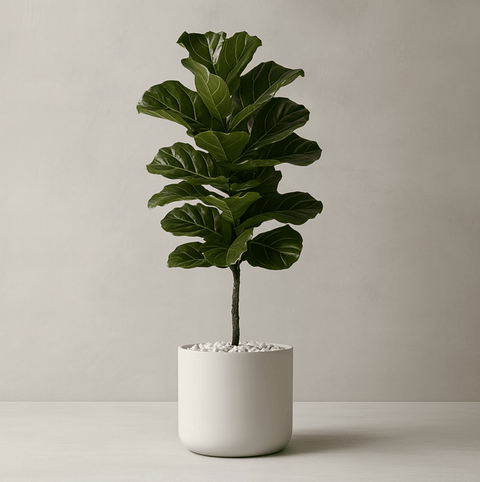
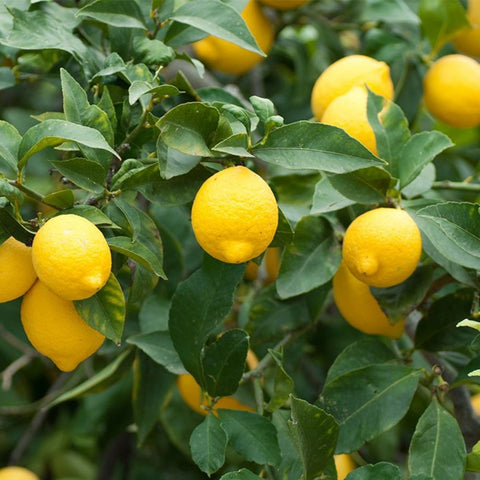
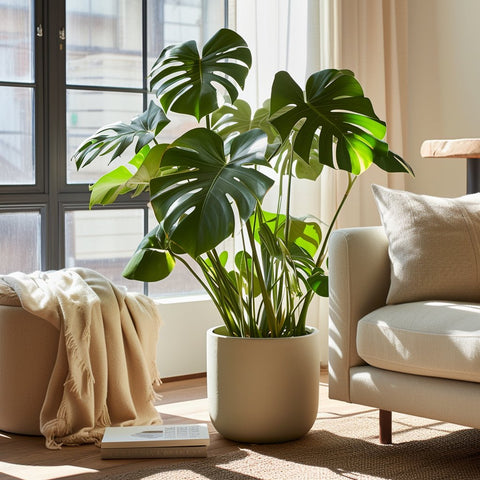
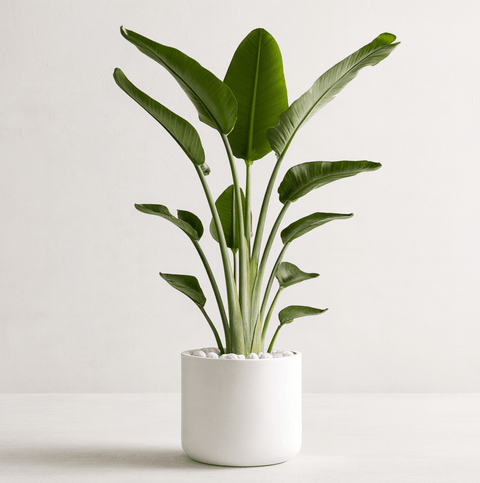
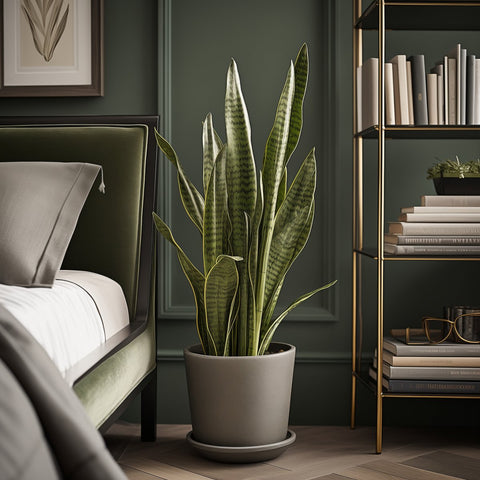
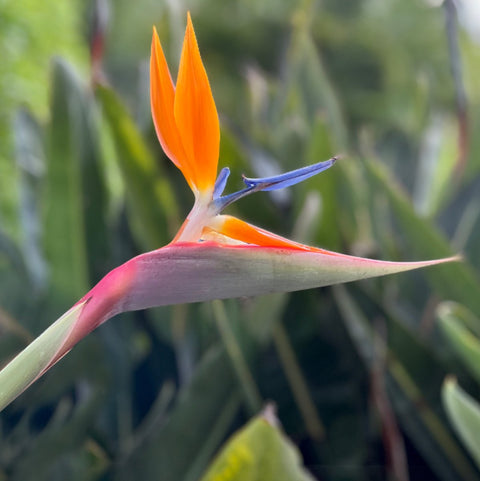
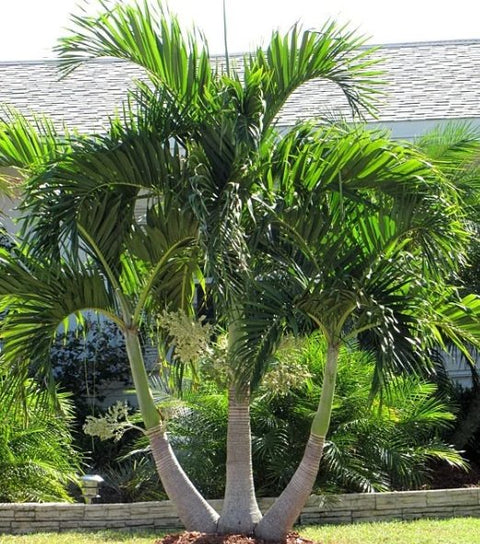
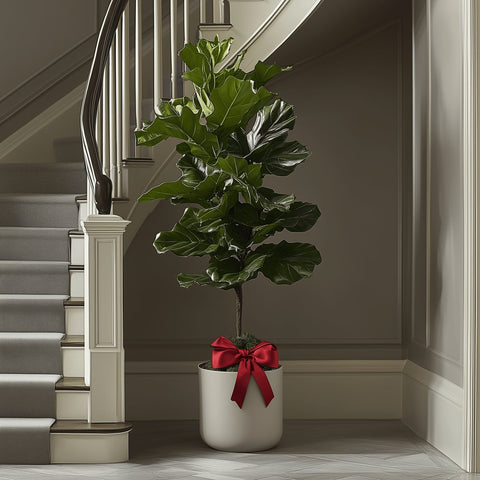

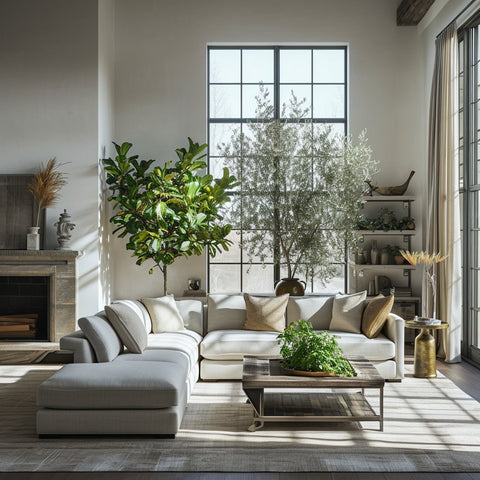
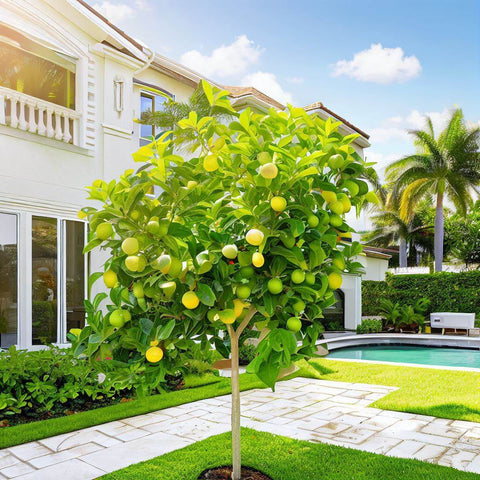


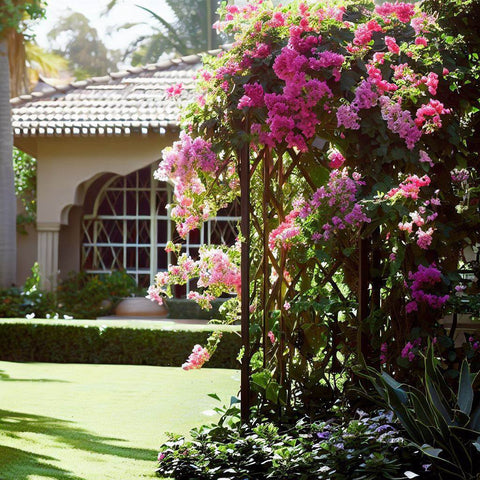
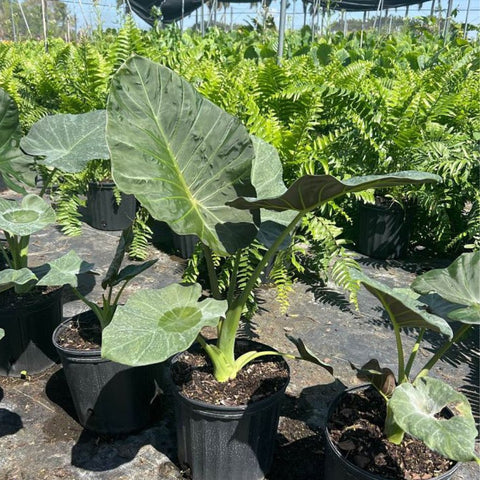
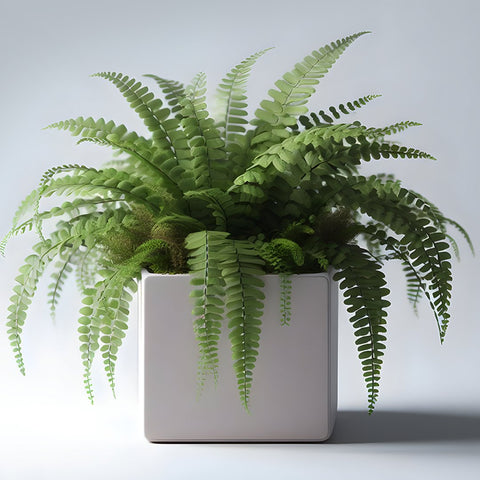



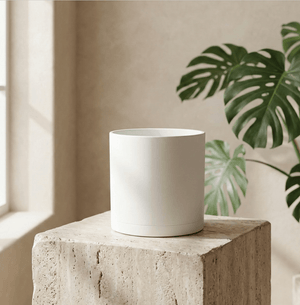
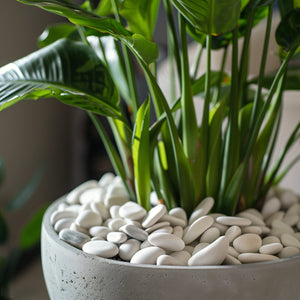

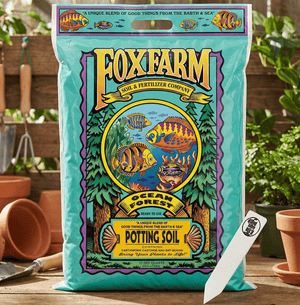
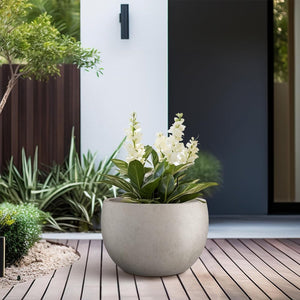

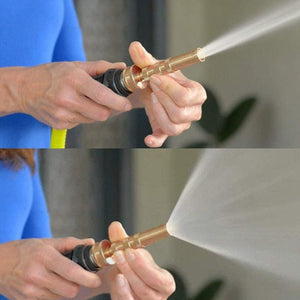

Comments (0)
There are no comments for this article. Be the first one to leave a message!